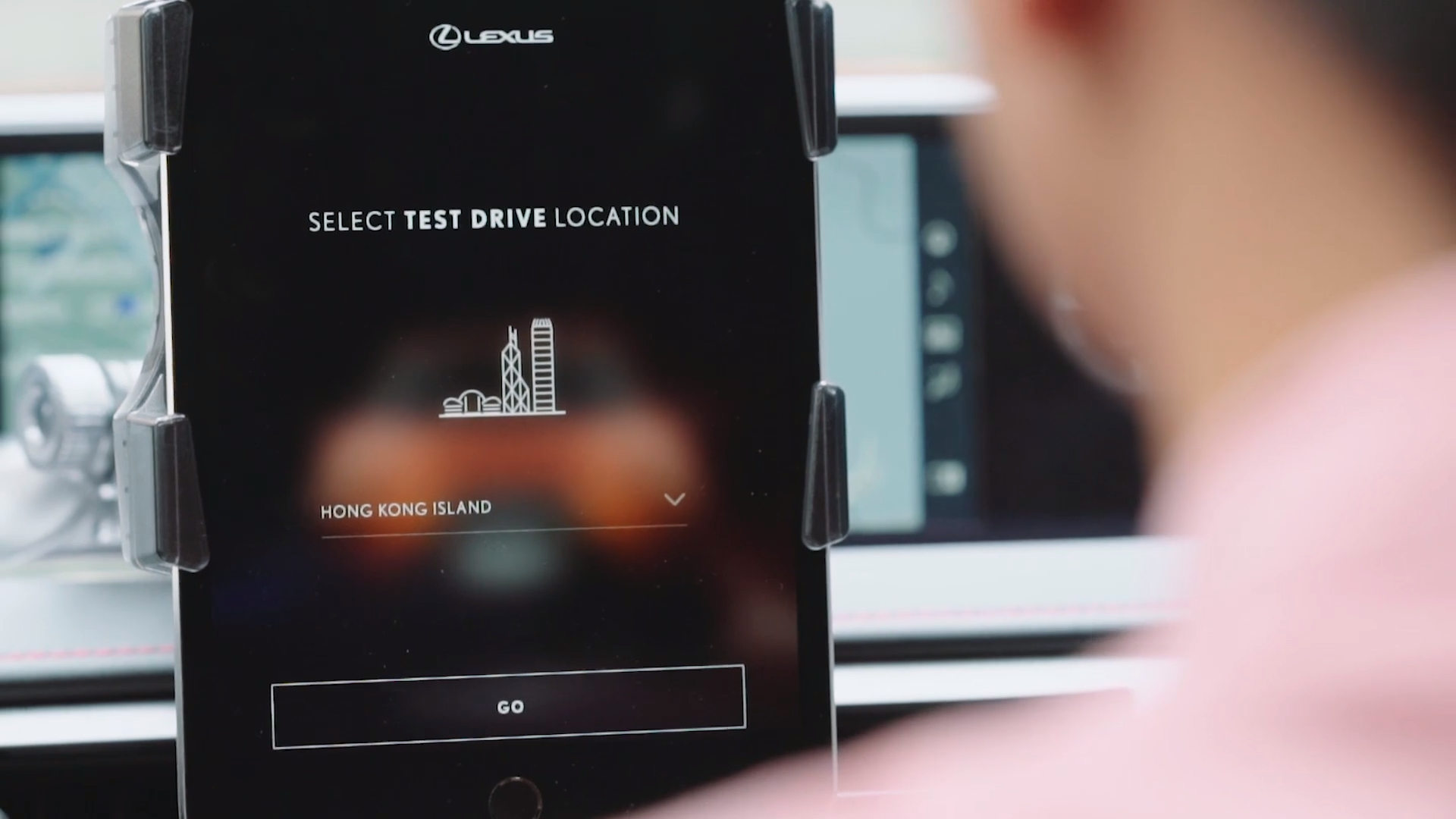The digital customer journey can lure people off the path to purchase all too easily. It’s only by understanding your audience’s behaviour online that you can influence the new-look customer journey, says Mullen Lintas’ Ekta Relan.
In these last few months, we have leaped many years, and, in some categories, many decades forward in digitisation. E-commerce is seeing its biggest leap across categories. As education moves more online, it can open opportunities and new points of influence for categories targeting kids. The auto sector is seeing a transformation towards the virtualisation of its customer journeys, which will necessitate reimagining test drives.
With more digitisation and the entry of new categories in the online space, there will be an enormous amount of new data collected. That unlocks possibilities for new innovations, tech platforms, sharper personalisation and targeted messaging to drive the customer towards your brand. The game has been upgraded to a whole new level with new ammunition to take people from desire to purchase.
But… a lot can happen between desire and purchase.
While, traditionally, brands have focused on positioning to create desire, that thinking now seems outdated. The problem with it is that it assumes that nothing will change from the moment of desire and realisation of it. With more touchpoints in the digital space – ratings, reviews, texts, posts, likes, hearts, digital banners, outdoor banners, or special deals – anything could steer a decision towards a competitive brand.
This is where rethinking the customer journey plays an important role. It focuses on individual parts that connect together to create the whole experience. It maps people’s sub-conscious journey to reach the point of desire as well as the one they take to fulfill that desire. Having a robust understanding of consumer behaviour backed by data can help identify cohorts and plot granular journeys. This is the scientific part. The art, however, lies in finding creative ways to influence it to favour your brand. The joy is in playing the mind game by giving people the right information, in the right place, at the right time, and gradually nudging them, step by step, towards the ‘buy’ button.
Dealing with distraction
It’s a natural human tendency to get distracted and take many diversions. Conversations, friends, new experiences, biases – a mash-up of rational and irrational thinking – can lure people off the path to purchase. So, different strategies and tricks need to lure them back on it. The better your understanding of your audience’s behaviour, the more power you have to influence their actions.
There were some interesting stories of innovations that intelligently influence the customer journey in this year’s WARC Prize for Asian Strategy. These papers understand that, the more granular the understanding of people’s behaviour across the journey, the more ideas are triggered to influence them to your benefit.
Exemplary customer journeys
Shortlisted paper Zomato’s move to incentivise the cricket-loving Indian audience to place orders before the game was smart. It helped the brand prevent the audience from getting tempted to order from competitive platforms during the game. Creating that urgency to order ahead in the customer journey is a clever intervention. Coke did a similar thing with its direct-to-consumer campaign. It pre-blocked domestic refrigerators with Coke before the game by making innovative alterations to its distribution system.

Lexus Hong Kong shows us the magic that can happen when data and creativity come together. Starting from identifying the passions of a cohort, through to giving them an exhilarating experience through a customised test drive, it is a great story of customer journey well re-imagined.
Nike Next% was another great example of a unique product proposition, demonstrated to people in an equally unique way. Like a real-time product demo, but not on screen: it demonstrated its new shoe in real life with real people. Data helped Nike to identify different segments of pro-runners, tracking their performance and then directing them to a relevant place in the user journey.

Grab is another interesting story of a mobility company using hyper-personalised data to tell people about how it’s making an impact. This comes from a solid understanding of human behaviour and how to use it for social good.
Find the unexplored angles
These papers all encourage marketers to use data to their advantage, explore the passion points and approach the customer journey from unexplored angles. Because that’s where future growth lies.
An abridged version of this article appears in WARC’s 2020 Asian Strategy Report.

